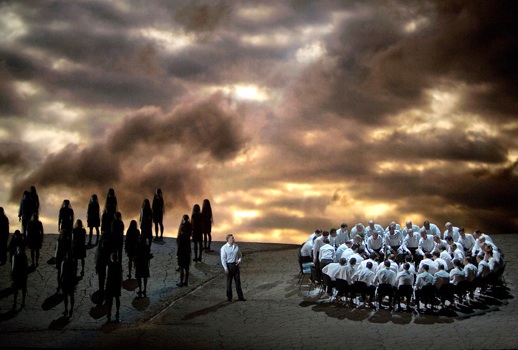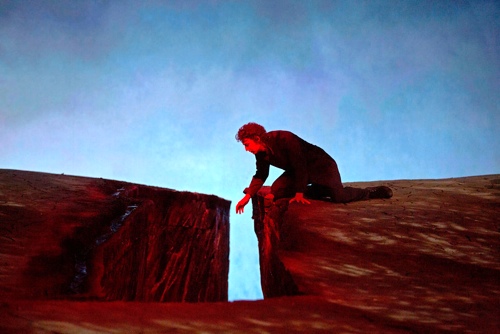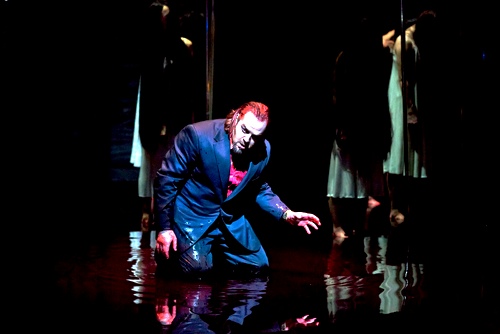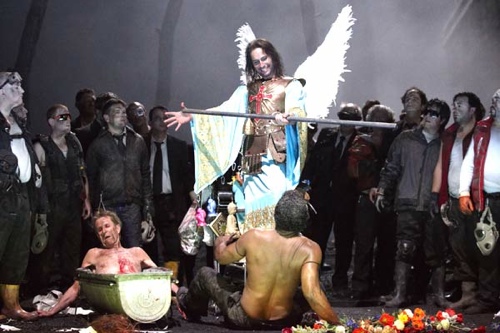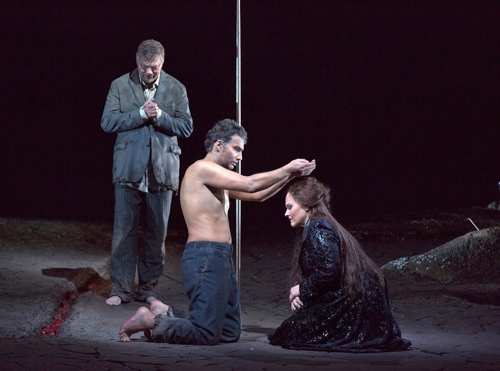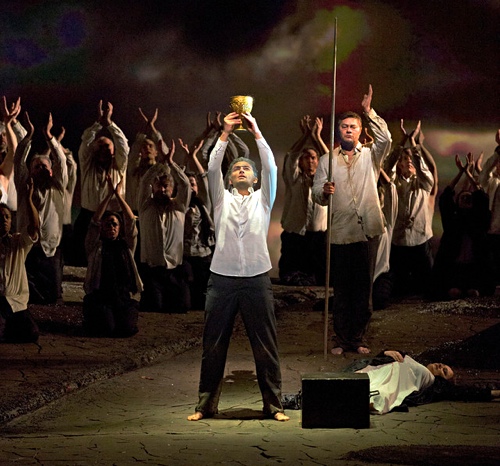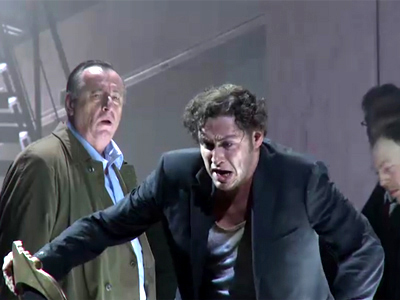By: Edna Landau
To ask a question, please write Ask Edna.
I have always had great admiration for people who stay in the same job for long periods of time and who feel no need for change because they are presented with regular opportunities for learning and growth along the way. Typically they are in an environment where their contributions are valued, they have a voice in developing new projects for their company or institution, and they are appropriately rewarded financially for their performance. However, I have seen others who stay in a job that increasingly makes them feel unhappy and unfulfilled because they think that they only know how to do one thing, they wouldn’t be happier somewhere else, or they lack the courage to try something new. Contemplating this subject, I decided to speak to two colleagues who have made a career change in the past few years and now both work for radio station WQXR. Graham Parker, its General Manager and Vice President, and Martha Bonta, Executive Producer, Live Events and Special Programming, both came to the station after it was acquired by New York Public Radio three and a half years ago. Parker was the former Executive Director of Orpheus Chamber Orchestra and Bonta was Vice President, Artist Manager at IMG Artists. Mr. Parker told me that he hadn’t been looking to leave Orpheus and always imagined that if he did change jobs, he would remain in the orchestral world. An e-mail from Laura Walker, President and CEO of New York Public Radio, came totally out of the blue. When he first glanced at the job description, he saw some responsibilities for which he felt well qualified and others that would be new to him. He had coffee with trusted colleagues to see how they viewed such a move and also ran by them some statements that he planned to make in his interview. Initially, some of them were quite skeptical but by the end of their time together, they seemed totally convinced. This gave him the courage to take the next step, even though he had never worked at, let alone run, a radio station. He did have artistic, financial, board development and strategic planning experience that was very relevant to his possible new position and that, in the end, mattered more to his employer. In addition, having developed new initiatives for Orpheus such as commissioning new music and launching live broadcasts at Carnegie Hall on WNYC, now the sister station of WQXR, Parker seemed the perfect candidate for the new visionary leader that Ms. Walker was seeking. She laid down the challenge of expanding the station into a multi-platform media company and he enthusiastically embraced it.
Martha Bonta stressed to me the importance of evaluating one’s skills and leveraging them appropriately as one contemplates a new career direction. When she left IMG Artists in 1998, where she had been Booking Manager, to take on the title of Director of Artistic Planning and Touring at the Chamber Music Society of Lincoln Center, she was able to leverage her booking experience to obtain the job, which also presented an attractive opportunity to work in the area of artistic administration, including programming and producing concert series. Five years later, she leveraged the artistic administration skills in gaining a new position at IMG Artists as Vice President and Artist Manager. When she joined WQXR in July of 2011, her mission was to help shape their extensive live broadcasts and develop a diverse range of programming for live performances in the Greene Space, the station’s intimate on-site performance venue which has quickly become a “hot” place to hear the best young and established talent in riveting programs. Within six weeks of her arrival at the station, she programmed and produced the first 12-hour marathon of the complete Beethoven piano sonatas, drawing on production experience gained at the Chamber Music Society. She told me how exciting it was to see the large crowd that stretched far around the block, consisting of many young people who were coming to hear an extraordinarily gifted group of pianists, none of them “household names”, especially as she knew that many were “brushing shoulders with classical music for the first time.” WQXR’s offerings at the Greene Space may also be multi-genre in nature, as in the case of an event on March 18, 2013, which features Bill T. Jones, The Orion String Quartet and dancers from the Bill T. Jones/Arnie Zane Dance Company. Ms. Bonta worked with the dance company in a special project during her tenure at the Chamber Music Society. They are also long time clients of IMG Artists.
In sitting over lunch with Graham and Martha, I couldn’t help but be inspired by the irrepressible enthusiasm, excitement and optimism with which they seem to greet each new day at WQXR. While understanding the need to be financially prudent and not move in too many directions too quickly, they embrace a vision of the station continuing to grow organically in ways as yet unknown. What new channel might be added to the already successful Q2 and Operavore, which is dedicated to attracting new audiences to opera? They are invigorated by the opportunity to share the best of New York’s diverse and rich cultural offerings with the widest possible audience. What advice would they give to others contemplating a new career direction? Martha suggested not giving undue significance to every word of a job description and concentrating on the capabilities you have that could prove very attractive to your prospective employer. Graham concurred and even indicated that he loves hiring people “out of skill set”, even though it may take courage to do so. He also said that if someone wants to get into a new field, they should have the courage to reach out to people who might be of help. “Everyone will be happy to let you buy them a cup of coffee and if you prepare your time with them wisely, they will generally be more than willing to help you make new connections.” He stressed that relationships are key, and that everyone is well advised to stay in touch with people who may have helped them in previous jobs or who they greatly respect. All of this seems like sage advice from two people who distinguished themselves in earlier positions and who have assumed possibly even more rewarding roles that allow them to help shape the future of a dynamic and treasured radio station, which introduces new audiences to classical music on a daily basis in a manner totally consistent with our times.
To ask a question, please write Ask Edna.
© Edna Landau 2013

